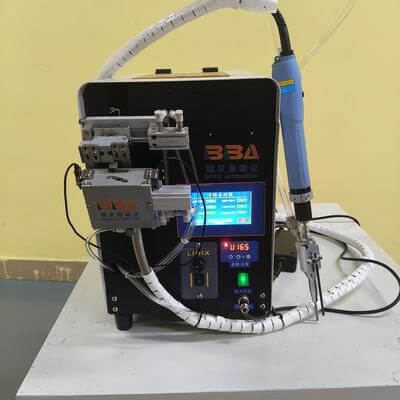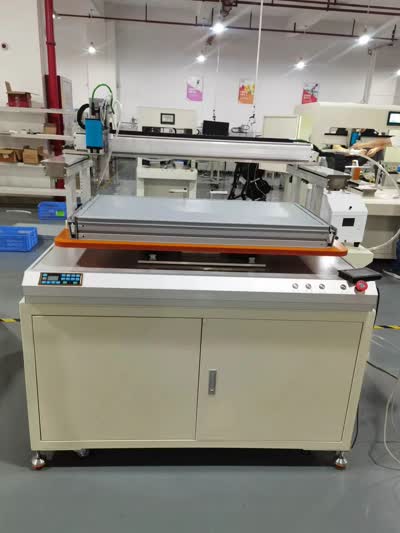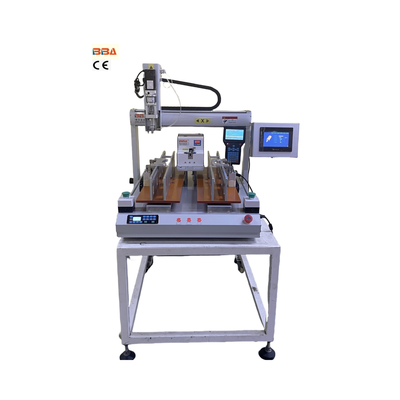Servo Motor Life Cycle & Preventive Maintenance Guide | Industrial Automation
Servo Motor Life Cycle and Preventive Maintenance
In the world of industrial automation, servo motors are the workhorses behind precision motion control. Their performance is critical for maintaining high productivity, exceptional quality, and operational efficiency. Understanding the typical life cycle of a servo motor and implementing a robust preventive maintenance program are fundamental to maximizing its service life and minimizing unexpected downtime. This article delves into these key aspects to help you get the most out of your critical motion assets.
Understanding the Servo Motor Life Cycle
The life cycle of a servo motor is not defined by a simple expiration date. Instead, it is a gradual process influenced by operating conditions, load demands, and environmental factors. Generally, a well-maintained servo motor operating under normal conditions can provide reliable service for seven to twelve years, or even longer. This cycle can be broken down into several phases.
The initial phase involves proper installation and commissioning. Correct alignment, secure electrical connections, and parameter tuning are crucial from the start. Errors at this stage can lead to premature wear. Following installation, the motor enters a long period of stable operation. During this time, performance is optimal, and the wear on components like bearings and seals is gradual.
As the motor accumulates running hours, it eventually enters a degradation phase. Components begin to wear more noticeably. The most common point of failure is the bearing system, which experiences constant stress. Lubrication breaks down, and seals can weaken, allowing contaminants to enter. Additionally, the motor's winding insulation can degrade over time due to thermal cycling and electrical stresses, potentially leading to shorts or ground faults. Vibration and noise often increase as these internal components wear.
Key Preventive Maintenance Strategies
Proactive maintenance is the most effective way to extend the life of your servo motors. A reactive approach—waiting for a failure to occur—inevitably leads to costly production interruptions. A comprehensive preventive maintenance plan includes several key routines.
Regular Inspection and Cleaning: Schedule periodic visual inspections. Look for signs of external damage, corrosion, or oil and dust accumulation, especially around seals and connectors. Keep the motor housing and cooling fins clean to ensure optimal heat dissipation. Use compressed air carefully to blow out debris without damaging internal components.
Bearing Maintenance: Bearings are the heart of servo motor longevity. For motors with regreaseable bearings, follow the manufacturer's guidelines strictly for regreasing intervals and the type and quantity of grease to use. Over-greasing can be as harmful as under-greasing. For non-regreaseable or sealed bearings, monitor their condition through vibration analysis and plan for replacement before they fail catastrophically.
Vibration Analysis: Implementing a periodic vibration analysis program is one of the best predictive tools. An increase in vibration levels is a clear early indicator of bearing wear, misalignment, or rotor imbalance. Trend this data over time to schedule maintenance at the most opportune moment, avoiding unplanned stops.
Thermal Monitoring: Monitor operating temperatures regularly. Excessive heat is a primary enemy of motor windings and bearings. Use a thermal camera or probes to check for hotspots during operation. Consistently high temperatures can indicate overloading, poor ventilation, or failing bearings.
Electrical Testing: Periodically check the integrity of the motor's windings. Use an insulation resistance tester (megohmmeter) to measure insulation resistance and detect potential weaknesses that could lead to failure. Also, check for proper grounding and resistance between phases.
Connector and Cable Inspection: Ensure all power and feedback connectors are secure and free from corrosion. Inspect cables for any signs of wear, cracking, or pinching, as feedback cable issues are a common source of drive faults.
Conclusion
A servo motor is a significant investment, and protecting that investment requires a shift from reactive repairs to proactive care. By understanding the factors that influence its life cycle and implementing a disciplined preventive maintenance regimen, you can dramatically extend its operational life, enhance system reliability, and ensure consistent, high-quality performance for years to come. Remember, the goal is not just to fix problems, but to prevent them from happening in the first place.
| Product Name | Applicable industries |
| Auto Screwdriver Machine | Power Tool Assembly Lines |



